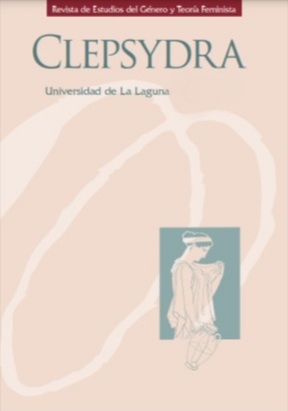Legitimizing the sensuous female: a re-assessment of the babylonian goddess in D.G. Rossetti's astarte syriaca (1875-77)
Resumen
Adopting a revisionist disposition and following an interdisciplinary pattern of analysis, this paper attempts to unstigmatize the female profile in the double work Astarte Syriaca (1875-77), often deviously regarded as allusive to evil or to the pagan harlot depicted in section 17:5 from the Book of Revelation. Our inquiries seek to demonstrate that the goddess rendered by Rossetti functions as a positive representation of the mysteric forces bound to sexual intercourse. We will also specify that the painter-poet employed a set of biblical and classical references other than the aforementioned volume as a legitimizing apparatus which would serve his own creative and programmatic tenets: it is within this scheme that the Rossettian woman proves a primary nodal entity allowing the aesthetic message to gather full meaning.

Esta obra está bajo licencia internacional Creative Commons Reconocimiento-NoComercial-SinObrasDerivadas 4.0.
Los artículos son propiedad de sus respectivos autores y autoras, quienes conceden libremente a la revista el derecho de primera publicación.


